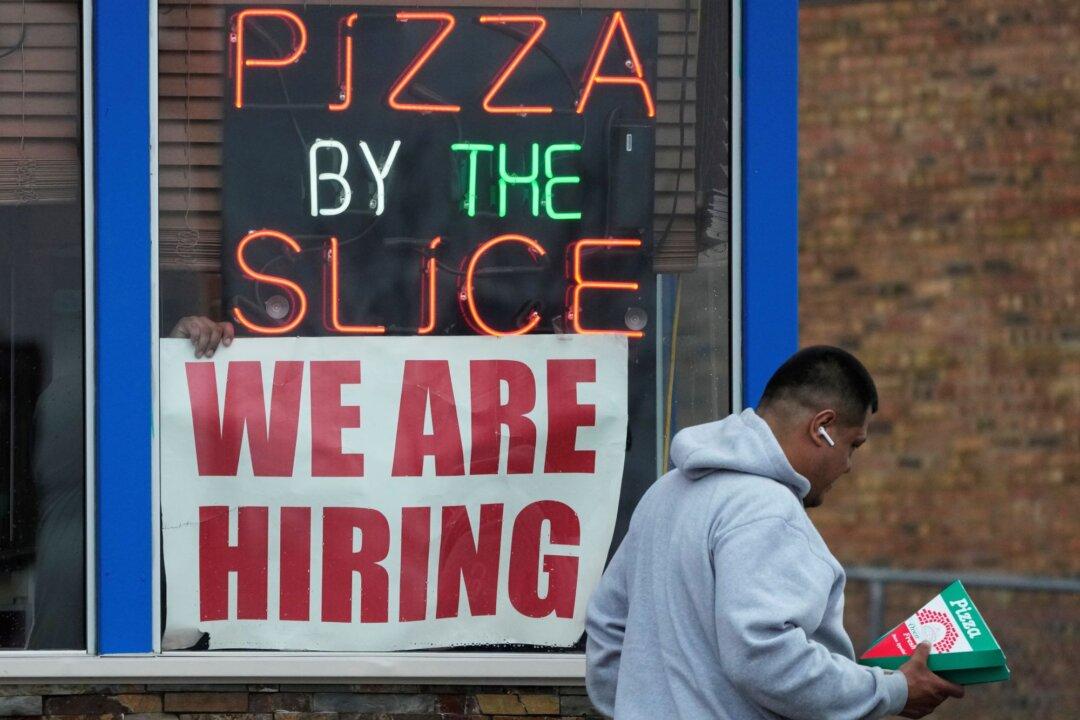In a fresh sign of labor market cooling, the number of job openings in the country has dropped to a two-and-a-half year low as America’s manufacturing sector extends its decline.
The Labor Department’s latest Job Openings and Labor Turnover Survey (JOLTS), released on Dec. 5, shows that job openings fell to 8.7 million as of the last day of October. This is the lowest level since March 2021 and well below market estimates of around 9.4 million.





